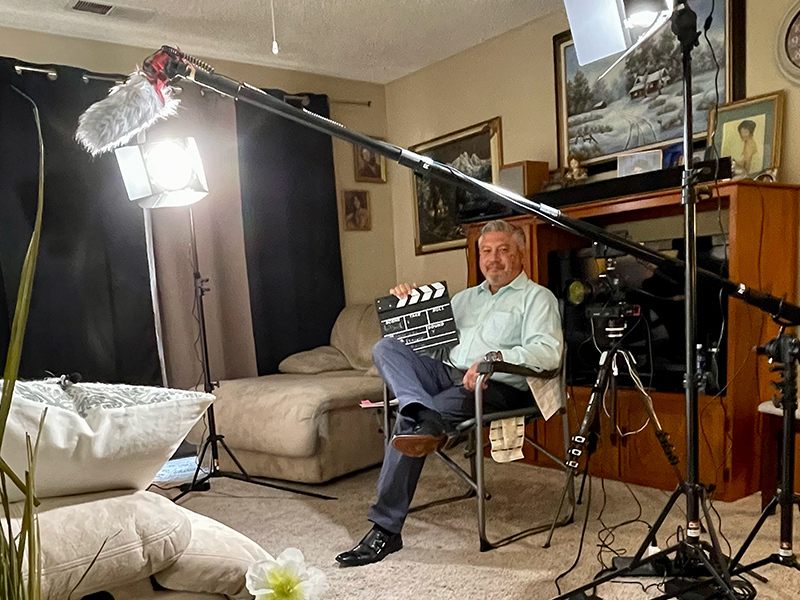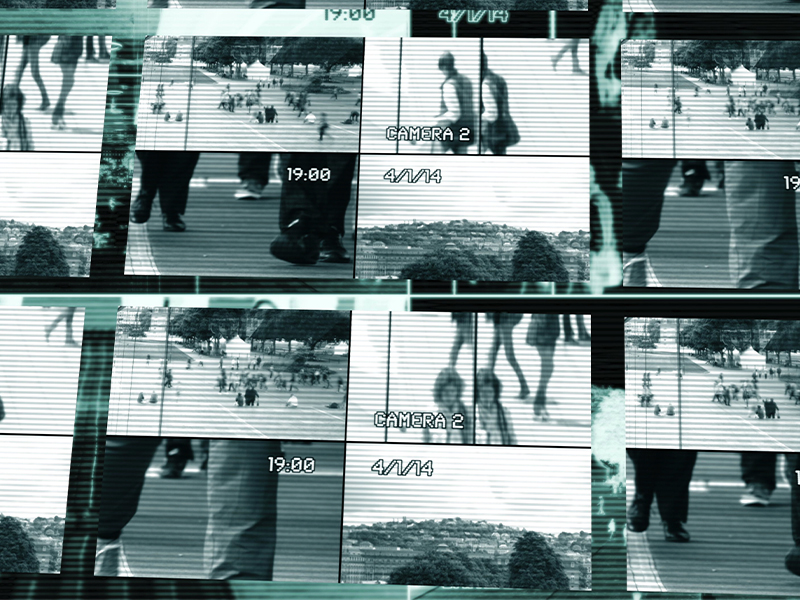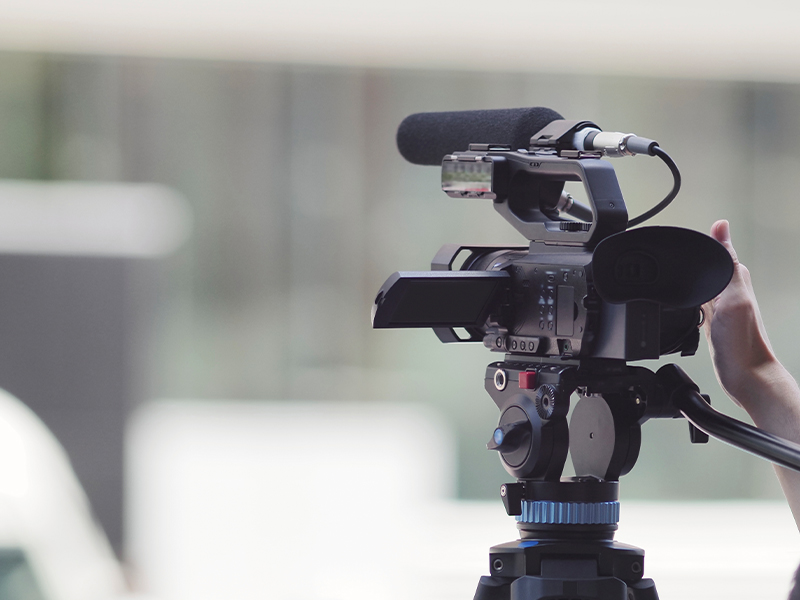Navigating the intricacies of the legal world often requires more than written words on paper. One must engage multiple mediums to effectively communicate a narrative that will resonate with all stakeholders involved. In recent years, the use of settlement videos has emerged as a powerful tool in legal advocacy, offering compelling visual evidence to underscore a client’s case. This article explores how settlement videos can significantly influence your legal outcomes.
Settlement Videos: An Overview
Settlement videos, also referred to as demand or mediation videos, are professionally produced short films aimed at providing a persuasive, visual account of a plaintiff’s injuries, hardships, and required future care. These are typically presented to defense counsel, insurance adjusters, or mediators during settlement negotiations or mediations.
These videos act as a conduit, enabling the viewer to empathize with the plaintiff’s pain and suffering, witness firsthand the impact of the injury, and understand the magnitude of the losses. They often integrate interviews with the plaintiff, family members, and expert witnesses, along with supporting evidentiary materials such as photographs, medical images, police reports, and medical records.
Leveraging Settlement Videos for Legal Advantage
-
Emotional Engagement
Settlement videos offer the unique ability to connect on an emotional level with their viewers. It is one thing to read about a victim’s pain and suffering, but it is entirely different to see their struggle and hear their story firsthand. This emotive connection can substantially influence settlement discussions, persuading the opposition of the merits of a plaintiff’s claim.
-
Enhanced Comprehension of Facts
These videos can help demystify complex medical terms and intricate legal matters, providing an accessible medium for understanding the case. By visualizing information such as the extent of an injury, the surgical procedure, or the details of an accident, viewers can gain a clearer understanding of the facts, enhancing their ability to make informed decisions.
-
Documentation of Change Over Time
The passage of time can dull the memory of the severity of an injury or trauma. Settlement videos, however, can document the progression of an injury and its impact over time, preserving the reality of the event and providing a tangible account that can be referenced in negotiations.
-
Strengthening Credibility
By showing real-life footage of the plaintiff’s condition, the credibility of their claims is fortified. Rather than relying solely on testimonial evidence, the defense and insurance adjusters can observe the reality of the injury’s impact, making the claims more concrete and harder to dispute.
Legal Considerations and Best Practices
While settlement videos can offer significant advantages, they should be carefully prepared to align with the rules of evidence and ensure they don’t inadvertently harm the case. It is recommended that they be produced with the guidance of a legal professional.
Attention should be paid to maintaining authenticity, avoiding exaggeration, and ensuring all statements, especially those from expert witnesses, adhere strictly to their area of expertise. Finally, these videos should be succinct yet comprehensive, delivering a compelling narrative without overwhelming or desensitizing the viewer.
With advancements in technology, visual storytelling is steadily becoming a cornerstone in legal advocacy. Settlement videos, when produced and used strategically, can serve as an influential medium to amplify your narrative, foster emotional connection, simplify complex issues, and ultimately, help drive favorable settlement outcomes. While they cannot replace traditional legal methods, their integration can undoubtedly bolster your case, paving the way for an optimal resolution.





